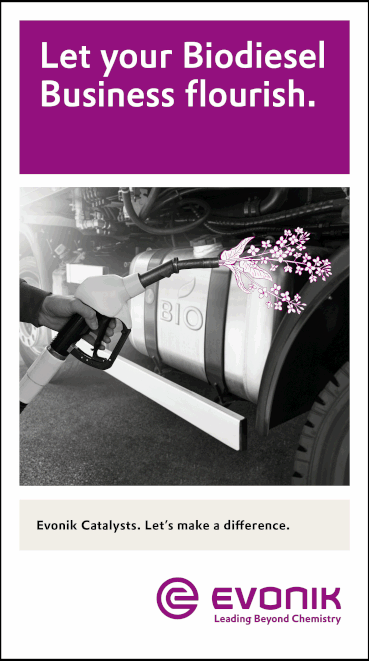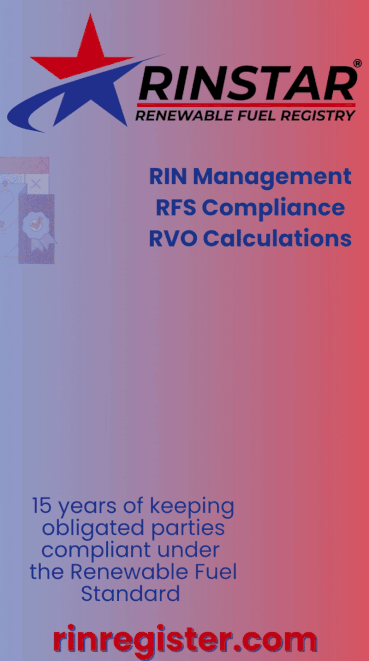International consortium resumes 100% SAF tests with promising early results
- Ron Kotrba

- Nov 29, 2021
- 3 min read

Neste Corp. reported Nov. 29 that initial findings from a study of the impact of 100 percent sustainable aviation fuel (SAF) on both engines of a commercial jet have provided promising early results. The “Emission and Climate Impact of Alternative Fuels” (ECLIF3) study marks the first time that 100 percent SAF has been measured simultaneously on both engines of a commercial passenger aircraft, according to Neste. Currently, aircraft are only allowed to operate on a maximum blend concentration of 50 percent SAF, but Airbus, Rolls-Royce and others are supporting efforts to approve 100 percent SAF use.
The aircraft tested was an Airbus A350 powered by Rolls-Royce Trent XWB engines. The ECLIF3 study involves Airbus, Rolls-Royce, German research center DLR and SAF producer Neste. The international, interdisciplinary team also includes researchers from the National Research Council of Canada and The University of Manchester.
In-flight emissions tests and associated ground testing on the ECLIF3 program began earlier this year and, according to Neste, have recently resumed.
The A350 flew three flights in April over the Mediterranean Sea pursued by a DLR Falcon chaser plane to compare in-flight emissions of both kerosene and Neste’s SAF. The team also carried out compliance tests using 100 percent SAF and, according to Neste, no operational issues were experienced during these initial test flights. In-flight emission tests using SAF in blends and pure form started back up in November. Ground-based emissions testing was also performed to quantify the air-quality effects of SAF. The research showed that SAF releases fewer particulates than conventional kerosene at all engine operating conditions.
“In addition, SAF has lower density but higher energy content per kilogram of fuel compared to conventional kerosene, which brings some aircraft fuel-efficiency advantages due to lower fuel burn and less fuel mass to board to achieve the same mission,” Neste stated.
Jonathan Wood, vice president of Neste’s renewable aviation segment in Europe, said, “This project to measure the extensive benefits of SAF compared with fossil jet fuel will provide the data to support the use of SAF at higher concentrations than 50 percent and clarify the additional benefits from the use of SAF.”
The only way to gather a full set of emissions data necessary for this program, according to Steven Le Moing, an Airbus program manager, is to fly an airplane in real conditions. “In-flight testing of the A350 offers the advantage of characterizing direct and indirect engine emissions, including particulates from behind an aircraft at high altitude,” he said. Simon Burr, director of product development and technology with Rolls-Royce, said the investigations have uncovered zero engineering obstacles to running 100 percent SAF in its engines. “If we are to truly decarbonize long-haul air travel, then 100 percent SAF is a critical element and we are committed to supporting its certification for service,” he said.
The DLR Falcon chaser aircraft is equipped with multiple probes to measure emissions at cruise level down to a distance of roughly 300 feet from the A350.
“SAF has been shown to have a significantly lower carbon footprint over its life cycle compared to conventional jet fuel, and now we are seeing it is advantageous in reducing non-CO2 effects too,” said Markus Fischer with DLR. “Tests such as these are continuing to develop our understanding of 100 percent SAF and its use in flight, and we are seeing positive signs for its potential in climate mitigation. We look forward to studying the data from the second series of ECLIF3 flights, which restarted with a first chase flight above the Mediterranean earlier this month.” DLR began the ECLIF campaign in 2015. In 2018, it investigated 50 percent SAF blends, which demonstrated the positive emissions benefits of SAF blends and paved the way for the current ECLIF3 tests.
Results are expected to be published late next year and in 2023.


































